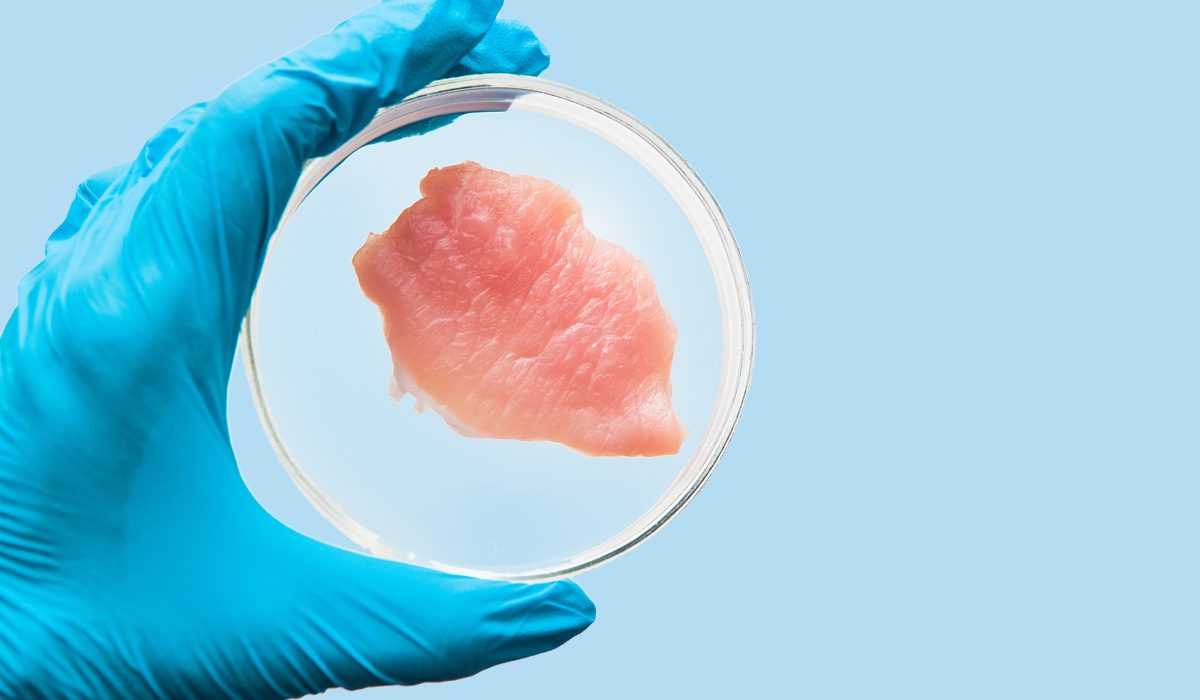In a landmark decision, the United States has officially given the green light to the sale of lab-grown chicken, marking a significant milestone in the evolving landscape of alternative proteins. Following in the footsteps of Singapore, the U.S. becomes the second country to embrace the era of cultivated meats, setting the stage for a potential revolution in how we produce and consume poultry. While products from industry pioneers such as Upside Foods and Good Meat may not be available in local grocery stores immediately, the approval from the U.S. Department of Agriculture represents a major leap forward in sustainable and ethical food production.
The Rise of Lab-Grown Meat:
Lab-grown chicken, a product of carefully nurtured cell cultures, signifies a paradigm shift away from traditional farming practices. This innovative approach to meat production has not only captured the attention of investors but has also ignited interest among animal rights advocates and discerning food enthusiasts. Beyond its novelty, lab-grown meat holds the promise of being a potent solution to the global challenges posed by conventional livestock farming.
A Green Solution:
At the heart of the appeal of lab-grown meat lies its potential to address pressing environmental concerns, particularly in the context of global warming. In stark contrast to conventional farming, lab-grown meat production eliminates the need for extensive land use and mitigates the greenhouse gas emissions associated with traditional livestock. Studies suggest that this method could potentially reduce climate pollution by an impressive 92%.
Elliot Swartz, a scientist at the Good Food Institute, underscores the efficiency of lab-grown meat production. The process is approximately three times more efficient at converting nutrients into meat compared to conventional chicken farming. This heightened efficiency translates into a reduced need for crops and, consequently, less land usage. The ripple effect allows for opportunities in land repurposing, including carbon sequestration through rewilding and habitat restoration.
Environmental Considerations:
However, the environmental benefits of lab-grown meat are not without their uncertainties. While the cultivation of cells in a lab sidesteps methane emissions commonly associated with conventional livestock farming the energy-intensive processes raise questions about the overall carbon footprint. Marco Springmann, a senior researcher at the University of Oxford’s Environmental Change Institute, expresses skepticism regarding claims that lab-grown meat is significantly more environmentally friendly.
Some studies, including one from the University of California, Davis, suggest that the energy efficiency of meat cultivation needs improvement to compete with traditional meat from a climate standpoint. Swartz, on the other hand, points out potential issues with assumptions underlying such research, highlighting that cultivated-meat producers may have already adopted energy-saving practices not reflected in the study.
Renewable Energy Integration:
An advantage highlighted by both Springmann and Swartz is the potential for lab-grown meat to be powered by renewable energy sources. Unlike the unavoidable methane emissions from traditional livestock, the carbon dioxide produced during the lab-grown meat process can be mitigated by harnessing wind or solar power. This level of control over the carbon footprint provides an avenue for further environmental sustainability and aligns with the growing global focus on renewable energy solutions.
Scaling Up and Future Challenges:
While the approval of lab-grown chicken is a significant step forward, questions loom over how manufacturers will scale up their production and what the emissions of mass production might entail. As the industry grapples with these challenges, it is crucial to consider the potential impact on both the environment and the economy. Springmann asserts that, despite the technological advancements, a more sustainable solution may lie in consuming less meat and embracing plant-based alternatives.
The road ahead involves not only refining the production processes of lab-grown meat but also addressing broader societal and economic implications. This includes considerations for the livelihoods of traditional farmers and the cultural significance of meat consumption in various societies. As we navigate this uncharted territory, a balanced approach that incorporates technological innovation, environmental stewardship, and societal needs will be essential.
Conclusion:
As lab-grown chicken makes its debut in the U.S., the world watches with anticipation for the unfolding narrative of sustainable and ethical meat production. While challenges and uncertainties persist, the potential for addressing environmental concerns and reshaping the future of food is undeniable. The choice between conventional and lab-grown meat is not merely a culinary preference but a crucial step towards a more sustainable and conscientious global food industry. This shift represents a broader societal transition towards embracing innovative solutions that harmonize with the planet, marking a new era in the way we think about, produce, and consume meat.

